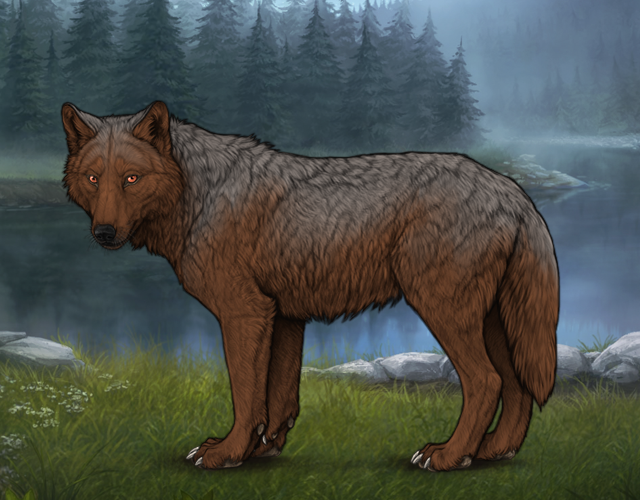Tucana(The Toucan) is a constellation of stars in the southern sky, named after the toucan, a South American bird. It is one of twelve constellations conceived in the late sixteenth century by Petrus Plancius from the observations of Pieter Dirkszoon Keyser and Frederick de Houtman. Tucana first appeared on a 35-centimetre-diameter (14 in) celestial globe published in 1598 in Amsterdam by Plancius and Jodocus Hondius and was depicted in Johann Bayer's star atlas Uranometria of 1603. French explorer and astronomer Nicolas Louis de Lacaille gave its stars Bayer designations in 1756. The constellations Tucana, Grus, Phoenix and Pavo are collectively known as the "Southern Birds".
Tucana is not a prominent constellation as all of its stars are third magnitude or fainter; the brightest is Alpha Tucanae with an apparent visual magnitude of 2.87. Beta Tucanae is a star system with six member stars, while Kappa is a quadruple system. Five star systems have been found to have exoplanets to date. The constellation contains 47 Tucanae, one of the brightest globular clusters in the sky, and most of the Small Magellanic Cloud.

